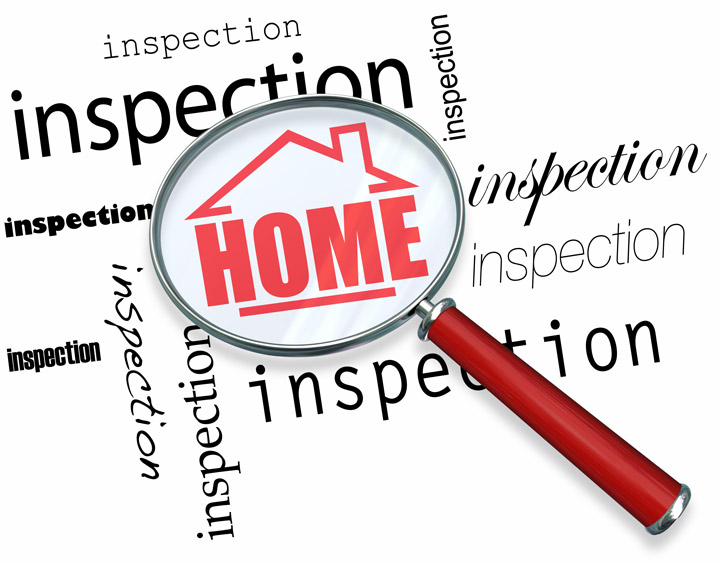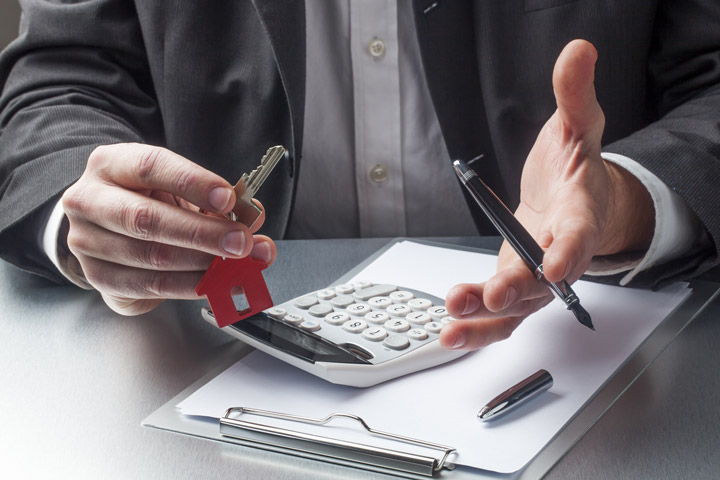
What Are the Components of an Appraisal?Getting real estate is the most significant financial decision most people might ever make. It doesn't matter if a main residence, an additional vacation property or one of many rentals, the purchase of real property is an involved transaction that requires multiple parties to make it all happen. It's likely you are familiar with the parties having a role in the transaction. The real estate agent is the most familiar person in the exchange. Next, the lender provides the financial capital required to bankroll the exchange. And the title company makes sure that all details of the sale are completed and that the title is clear to pass from the seller to the purchaser. So, who's responsible for making sure the real estate is worth the amount being paid? In comes the appraiser. We provide an unbiased estimate of what a buyer could expect to pay — or a seller receive — for a parcel of real estate, where both buyer and seller are informed parties. A licensed, certified, professional appraiser from a la mode will ensure, you as an interested party, are informed. Appraisals start with the property inspectionOur first responsibility at a la mode is to inspect the property to ascertain its true status. We must see aspects of the property first hand, such as the number of bedrooms and bathrooms, the location, and so on, to ensure they indeed are there and are in the shape a typical person would expect them to be. The inspection often includes a sketch of the floorplan, ensuring the square footage is correct and illustrating the layout of the property. Most importantly, the appraiser looks for any obvious features - or defects - that would affect the value of the house. Next, after the inspection, we use two or three approaches to determining the value of the property: paired sales analysis and, in the case of a rental property, an income approach. 
Cost ApproachHere, we pull information on local building costs, labor rates and other factors to ascertain how much it would cost to replace the property being appraised. This figure commonly sets the upper limit on what a property would sell for. It's also the least used method. 
Analyzing Comparable SalesAppraisers become very familiar with the subdivisions in which they work. They thoroughly understand the value of specific features to the people of that area. Then, the appraiser researches recent sales in close proximity to the subject and finds properties which are 'comparable' to the home at hand. By assigning a dollar value to certain items such as square footage, additional bathrooms, hardwood floors, fireplaces or view lots (just to name a few), we add or subtract from each comparable's sales price so that they more accurately portray the features of subject.
In the end, the appraiser reconciles the adjusted sales prices of all the comps and then derives an opinion of what the subject could sell for. When it comes to associating a value with features of homes in Tooele and Tooele, a la mode can't be beat. This approach to value is commonly awarded the most importance when an appraisal is for a home exchange. Valuation Using the Income ApproachA third way of valuing a property is sometimes used when a neighborhood has a reasonable number of rental properties. In this situation, the amount of income the property yields is factored in with income produced by similar properties to derive the current value. Arriving at a Value ConclusionCombining information from all approaches, the appraiser is then ready to put down an estimated market value for the property in question. The estimate of value on the appraisal report is not always what's being paid for the property even though it is likely the best indication of what a property is worth. It's not uncommon for prices to be driven up or down by extenuating circumstances like the motivation or urgency of a seller or 'bidding wars'. But the appraised value is often used as a guideline for lenders who don't want to loan a buyer more money than they could recover in case they had to sell the property again. At the end of the day, an appraiser from a la mode will guarantee you get the most accurate property value, so you can make the most informed real estate decisions. |